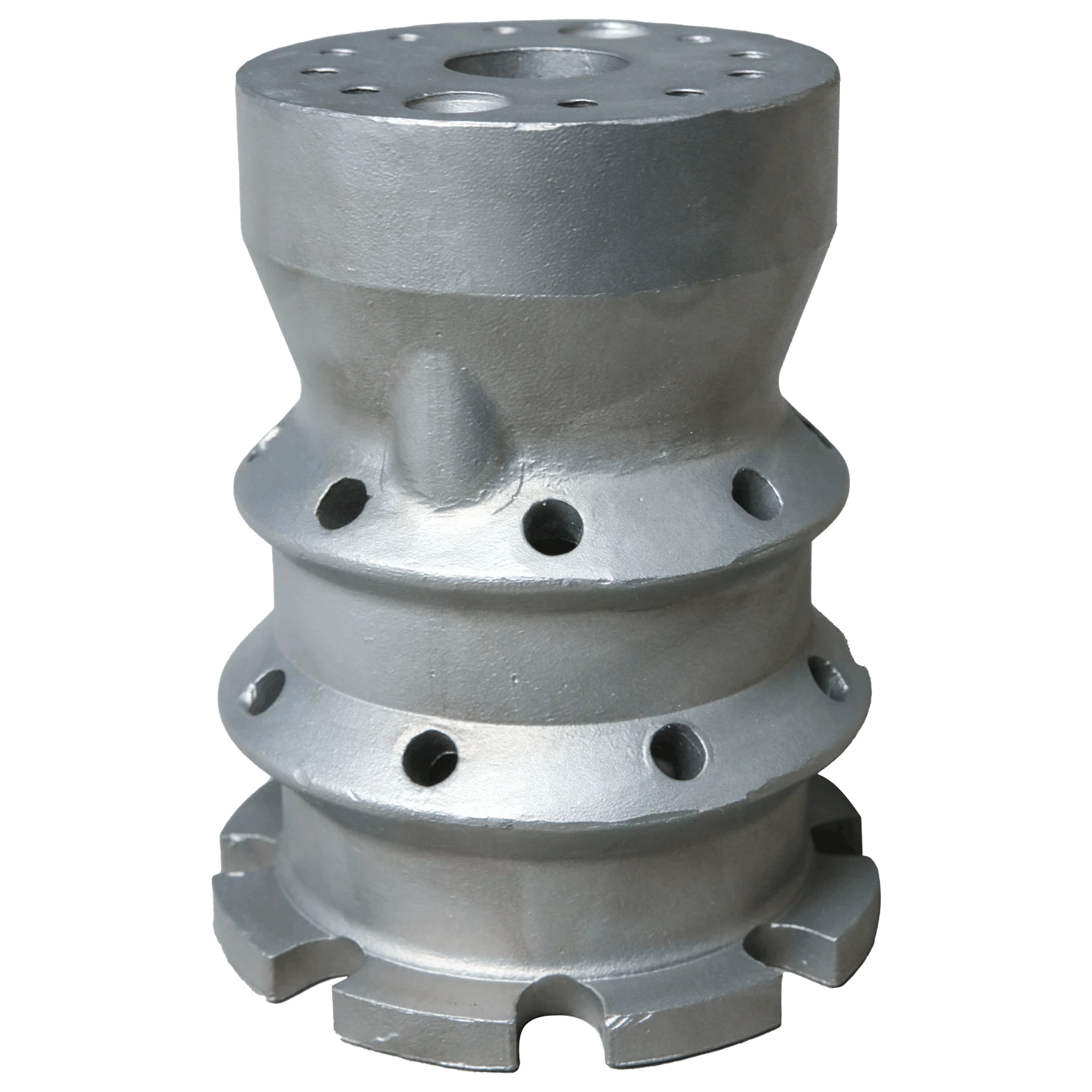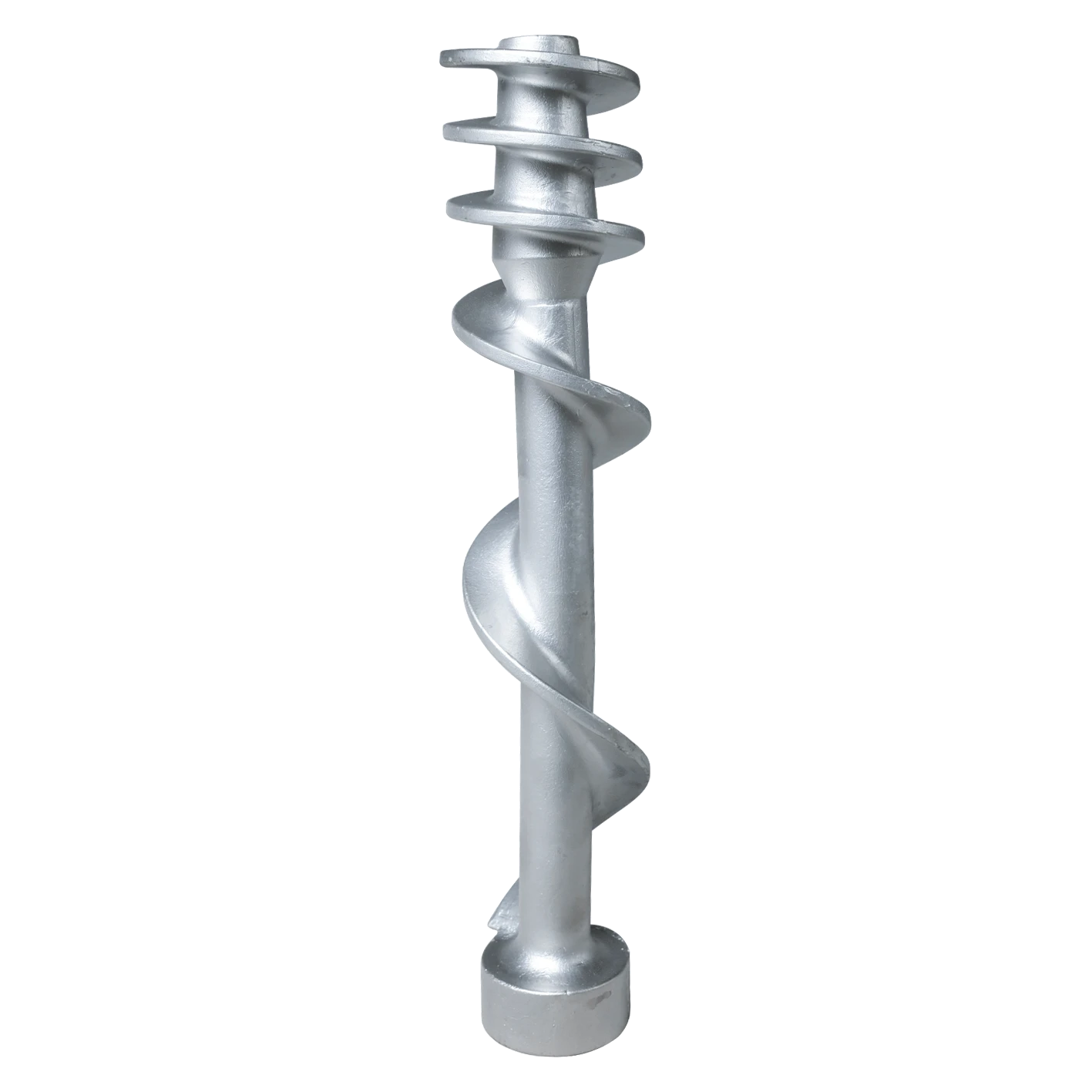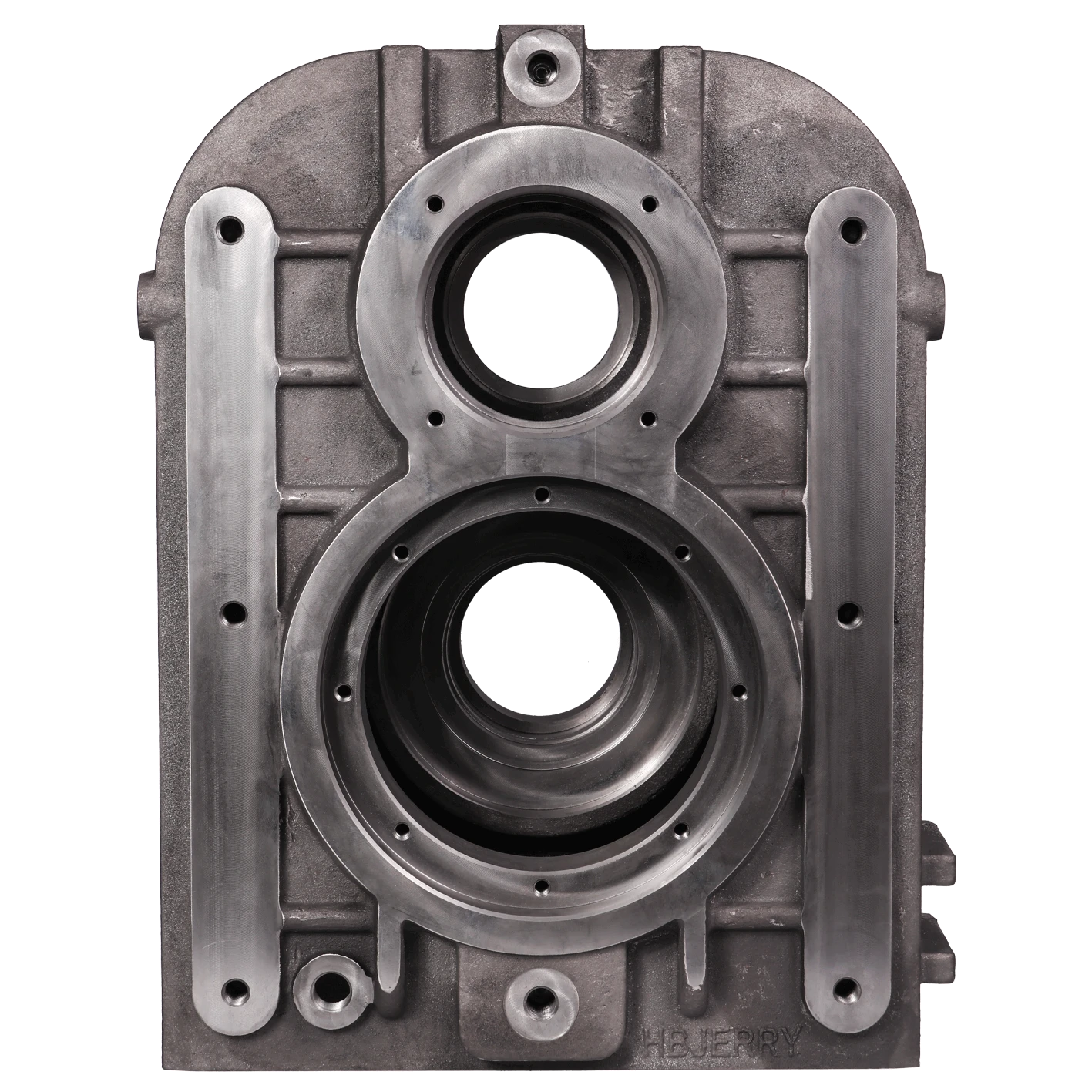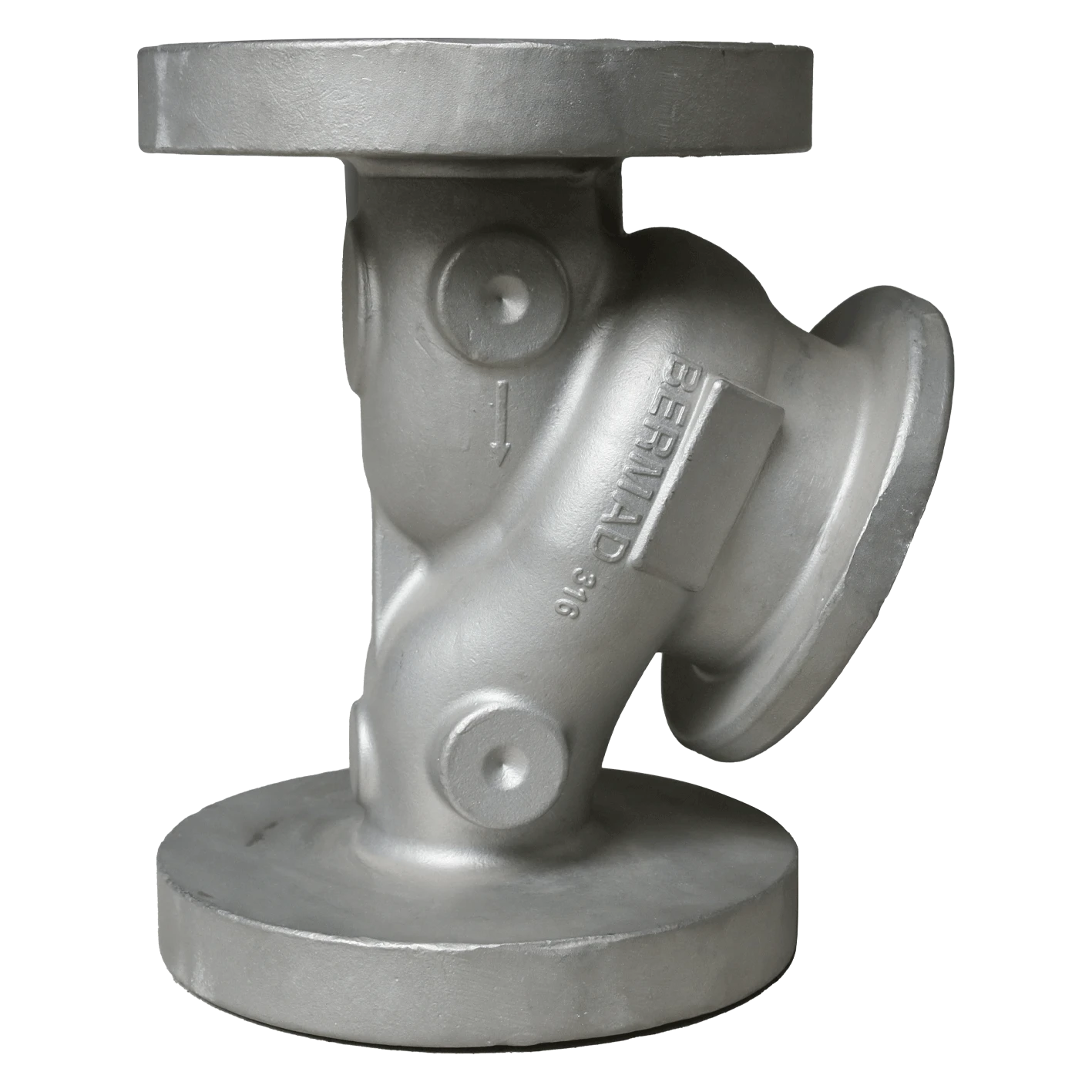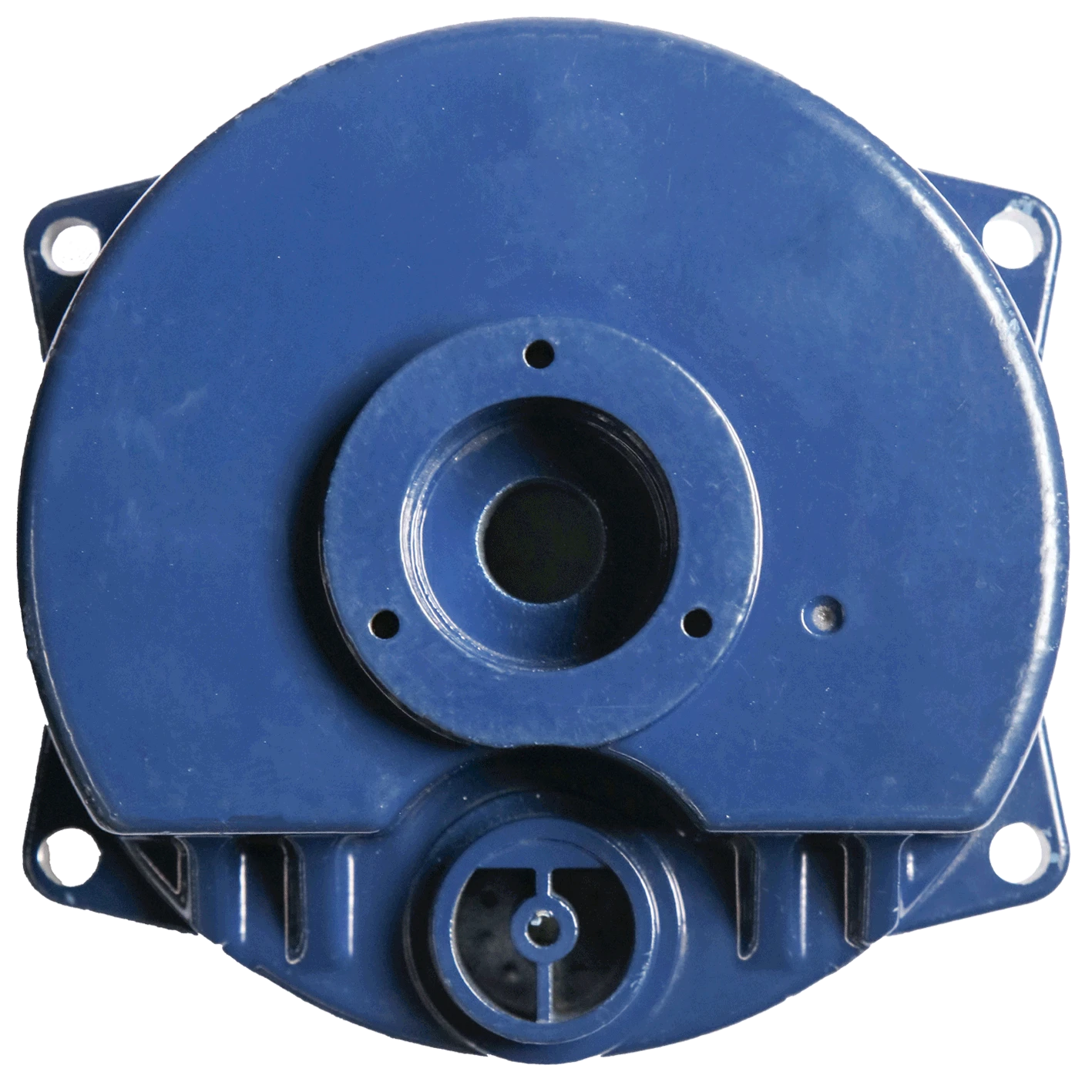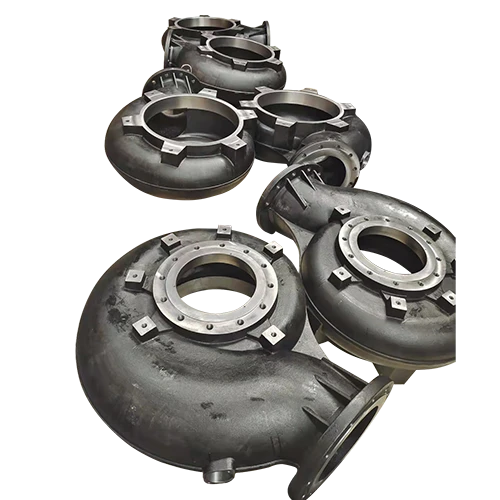Mobile:+86-311-808-126-83
Email:info@ydcastings.com
conduit end cap
Volute casing pump
The volute casing pump is the most common type of centrifugal pump. Its characteristic feature is the volute-shaped pump casing which is typical for single-stage centrifugal pumps.
There are designs whose main dimensions are standardised in accordance with EN 733, ISO 2858 and ISO 5199, but this standardisation still leaves ample room for many design variants.
The volute casing pump is usually a single-stage design, but sometimes incorporates two stages (see Multistage pump).
Both single-suction and double-suction variants are common (see Double-suction pump). Impellers can be of either radial or mixed flow type, as defined by the specific speeds of approx. 12 to 70 rpm (in individual cases up to 100 rpm and higher).
The axial thrust can be balanced by
- Thrust bearings
- Balancing holes in the impeller shroud, often combined with a second sealing clearance on the impeller side
- Back vanes
- Impellers in back-to-back arrangement on double-suction or two-stage volute casing pumps
The pump casing can be
- Radially split relative to the shaft (see Radially split design)
- Axially split at shaft centreline (see Axially split design)
A volute casing pump can be a vertical or horizontal pump and the pump shaft can be supported by rolling element bearings or plain bearings on one side only or on either side of the impeller.
On a horizontal volute casing with an overhung impeller, the bearing unit is integrated:
- In the drive
- In the bearing bracket
- In the support bracket
The bearing bracket is designed for a pump in back pull-out design. The support bracket has the advantage of being able to directly transmit the radial and axial forces from the impeller via the shaft to the pump foundation and enables smaller baseplates to be used.
Volute Case
The pump discharge nozzle can be arranged either tangentially on the volute casing or radially in the shaft plane through the provision of a "gooseneck". It can be arranged at the top, bottom or sides of the volute casing, providing it does not interfere with the pump feet on the casing.
The pump suction nozzle of volute casing pumps with an overhung impeller (cantilever pumps) is frequently arranged axially, and either radially or tangentially in the case of in-line pumps and volute casing pumps in between-bearings design.
Instead of radial or mixed flow impellers, special impellers such as single-channel or multi-channel impellers can be fitted if required. A diffuser is sometimes fitted between the impeller and volute of large volute casing pumps to improve the pump efficiency and balance the radial thrust.
A double volute, i.e. two axially symmetrical volutes that are offset by 180° but normally have a common discharge nozzle, also serves to balance the radial thrust.
See Fig. 6 Volute casing pump
Depending on the fluid handled or the degree of maintenance required, a variety of different shaft seals can be fitted. It is also possible to heat or cool the volute casing pump, e.g. when used for chemical processes. See Fig. 12 Pump casing
Volute casing pumps are designated according to their
- Drive, e.g. canned motor pump or closed-coupled pump
- Application, e.g. water supply pump, marine pump, chemical pump or fire-fighting pump
- Fluid handled, e.g. waste water and sewage pump, pulp pump or heat transfer pump
- Volute casing material, e.g. plastic or concrete volute casing pump
The term volute casing pump can therefore only express one of several aspects.
-
Why Should You Invest in Superior Pump Castings for Your Equipment?NewsJun.09,2025
-
Unlock Performance Potential with Stainless Impellers and Aluminum End CapsNewsJun.09,2025
-
Revolutionize Your Machinery with Superior Cast Iron and Aluminum ComponentsNewsJun.09,2025
-
Revolutionize Fluid Dynamics with Premium Pump ComponentsNewsJun.09,2025
-
Optimizing Industrial Systems with Essential Valve ComponentsNewsJun.09,2025
-
Elevate Grid Efficiency with High-Precision Power CastingsNewsJun.09,2025


